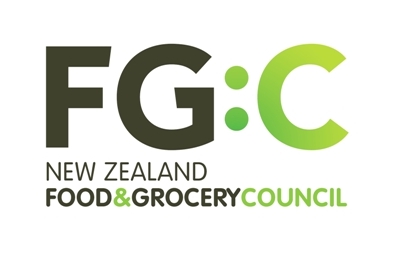 The release this week of the first product using the Health Star Rating labelling system is a further step in helping consumers make informed food choices, says the New Zealand Food & Grocery Council.
The release this week of the first product using the Health Star Rating labelling system is a further step in helping consumers make informed food choices, says the New Zealand Food & Grocery Council.
“Sanitarium is to be congratulated for being the first company in New Zealand to introduce the Health Star Rating (HSR) labelling system,” says Chief Executive Katherine Rich.
“Weet-Bix is one of New Zealand’s most recognised and favourite brands, so it’s significant that the company chose that from its big product range to launch the system in this country.
“We are confident that this is the first of many.
“Sanitarium says it intends using it on all its products, and we understand several other iconic companies are planning to launch stars on some of their products by Christmas and that the two supermarket chains intend doing the same on home brands early next year.
“Not everyone understands nutrition panels, so this quick and easy solution on the front of packs will make it easier for shoppers to identify more healthy choices, and we’re confident they will embrace it.
“It’s likely some products will be adjusted so they get more stars, and that will be good too.”
The calculations which determine the number of stars are backed by robust science and factual food composition. They are based on the nutrients identified in the New Zealand and Australian Dietary Guidelines as those we should be limiting in our diets (energy, saturated fat, salt, sugar), and modify these based on food that the guidelines say we should increase (fruit, vegetables, low fat milk, milk products, lean protein, wholegrain breads, cereals).
HSR has two advantages over other systems: It’s easy to understand, and it’s an interpretive system. The advisory group working on the system wanted HSR to incorporate two principles: it should evaluate the whole food and not just individual nutrients; the rating should be based on nutrients that are positive and negative according to dietary guidelines.
“And that’s where it differs from the traffic light system promoted by some people. That system evaluates individual nutrients but does not give an overall rating to the food, and it’s based only on negative nutrients.
“Traffic light labels can also mislead shoppers into believing some foods and drinks are healthier than they really are. A system that provides a red, amber, or green indication for fat, saturated fat, sugar and salt on the front of products seems simple but is actually fundamentally flawed. For example, it would give sugary soft drinks a rating that looks like a better choice than milk and a range of other foods important to a healthy and balanced diet because it doesn’t contain any salt or fat.”
Mrs Rich says the food industry plays an important part in helping people make good choices, and that’s why the Food & Grocery Council worked with food safety officials, public health representatives, and consumer groups to develop the HSR system.
“Industry workshops are being developed and an education campaign will begin next year to coincide with what is hoped to be a wave of industry uptake.
“HSR will work alongside systems such as the Heart Foundation’s Tick to make it easier for shoppers to identify more healthy choices.”



